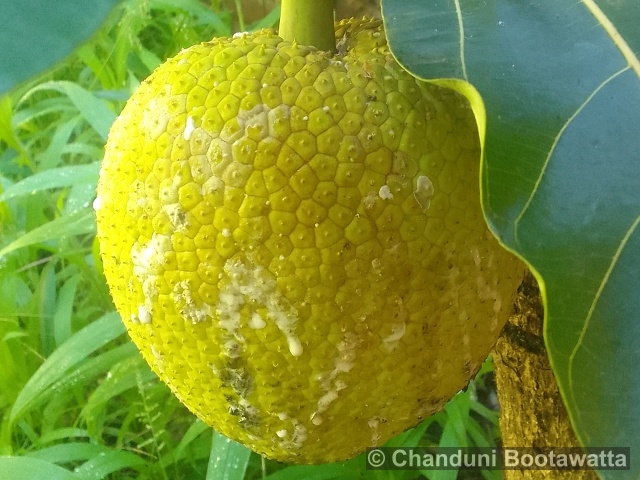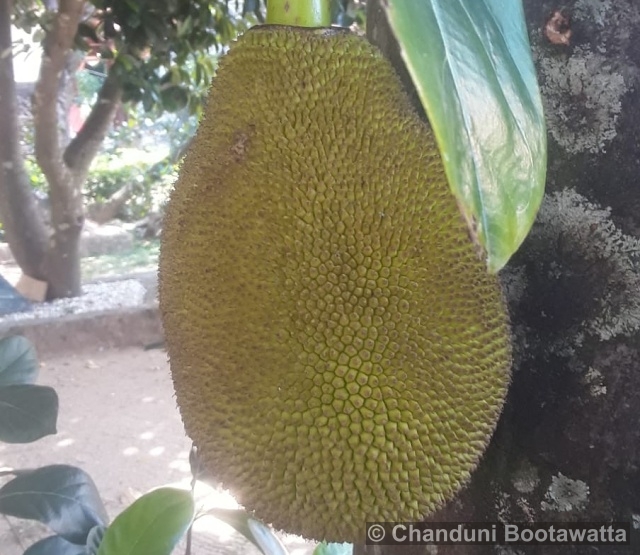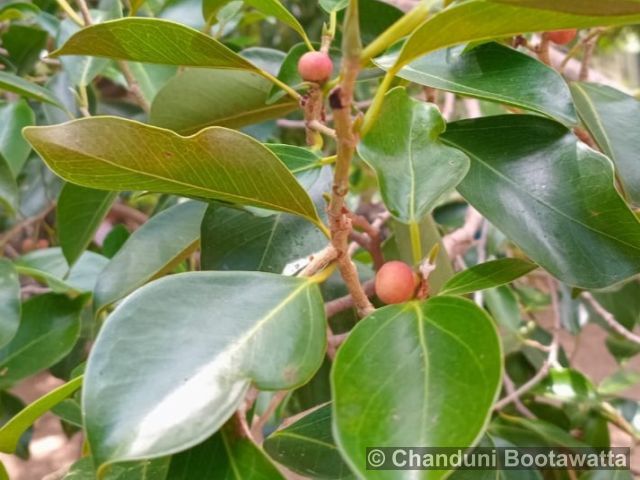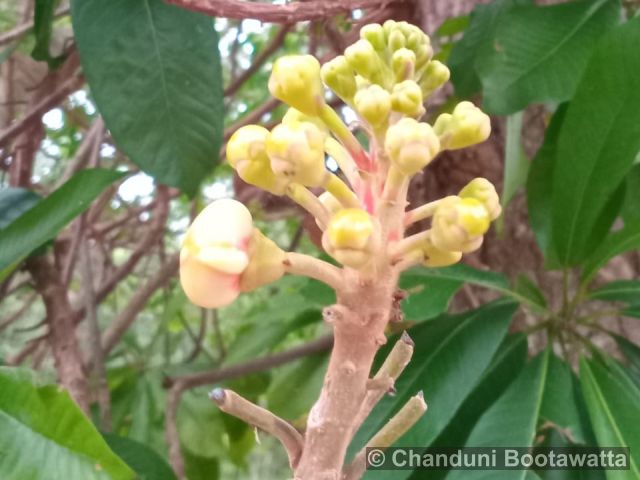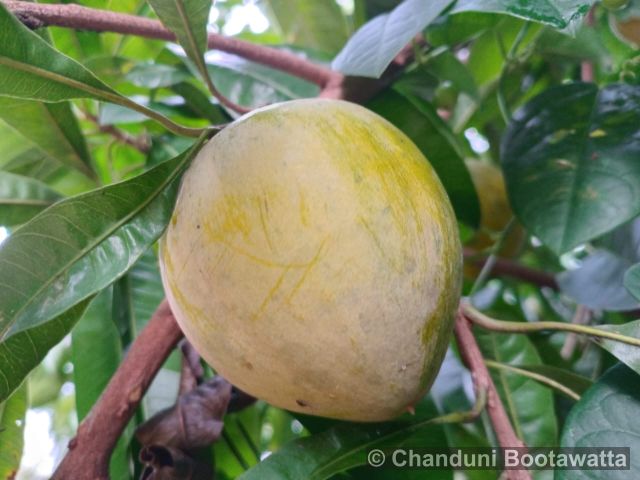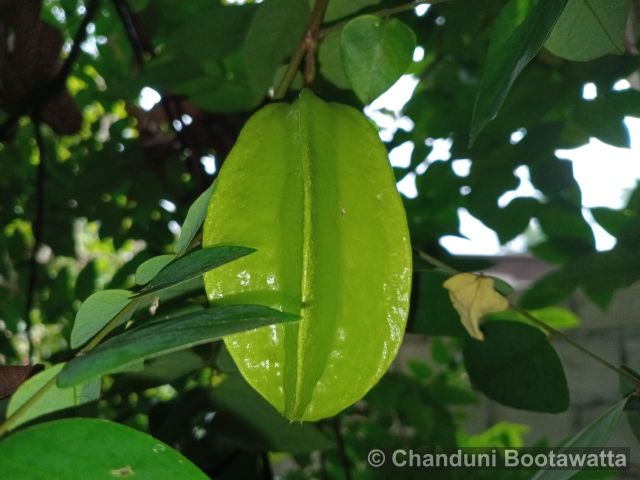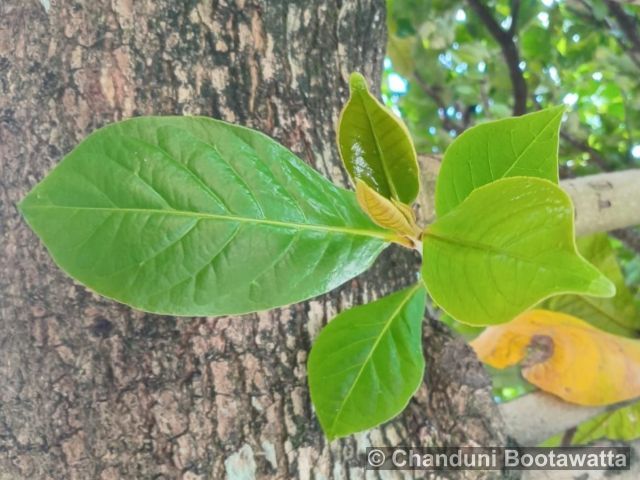Tento příspěvek byl přečten380krát!
Cacao tree, Chocolate tree, Chocolate nut tree, kakaovník pravý
Family – Malvaceae, slézovité
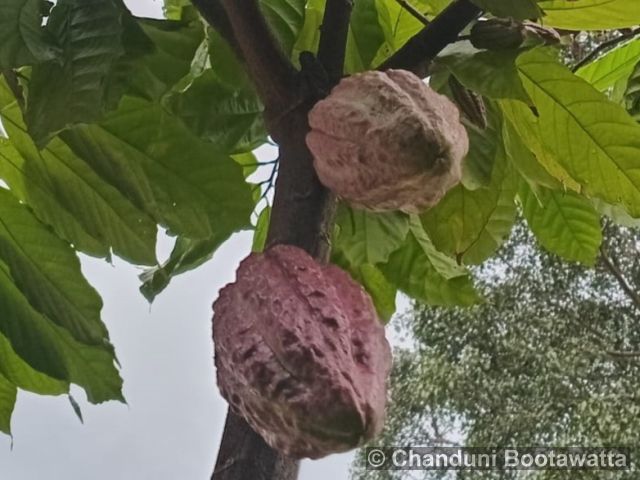
Description: The tree has a short, stout trunk and large, glossy, elliptical leaves. Its flowers are small and fragrant, appearing in clusters directly on the trunk and branches. The fruit is a large, oblong pod, which varies in color from green to yellow or red as it ripens, containing seeds encased in a sticky pulp.
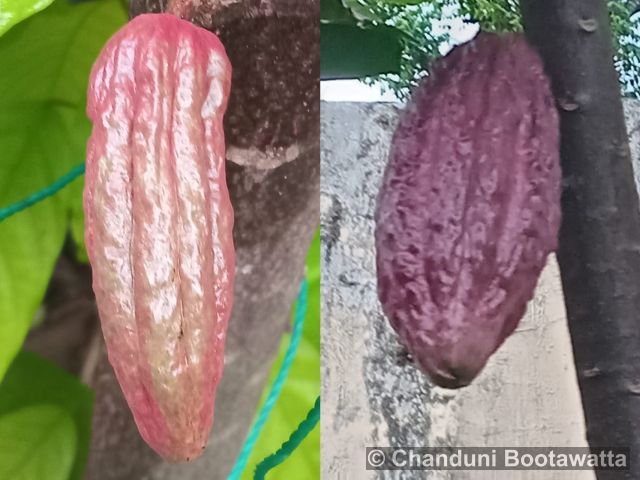
Substitutions – Criollo Cocoa (Theobroma cacao var. criollo): Criollo cocoa is a variety of cocoa plant known for its high-quality beans and unique, mild flavor. It is often used in premium chocolate production due to its complex flavor profile. While it is more delicate and susceptible to diseases compared to other varieties, it still serves as a substitute for traditional cocoa beans in fine chocolate-making. – Forastero Cocoa (Theobroma cacao var. forastero): Forastero cocoa is the most widely cultivated cocoa variety, known for its hardiness and higher yield. Its beans tend to have a stronger, more bitter flavor compared to Criollo beans, and it’s commonly used in mass-produced chocolate. Forastero is a more reliable substitute for standard cocoa beans, particularly in large-scale chocolate production.
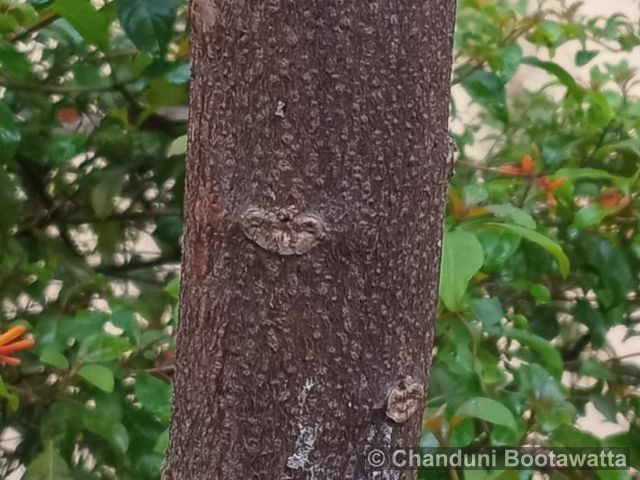
Ecology: Thrives in hot, humid climates with consistent rainfall throughout the year. It prefers temperatures between 21°C to 32°C and high humidity levels of 70% to 100%. Cocoa requires well-drained, fertile, and slightly acidic soil with a pH of around 6 to 6.5. The plant needs partial shade to protect it from intense sunlight, especially during the hottest parts of the day, but also requires plenty of indirect light for optimal growth. It is highly sensitive to frost and grows best in areas that are free from extreme weather conditions such as droughts or cold temperatures.
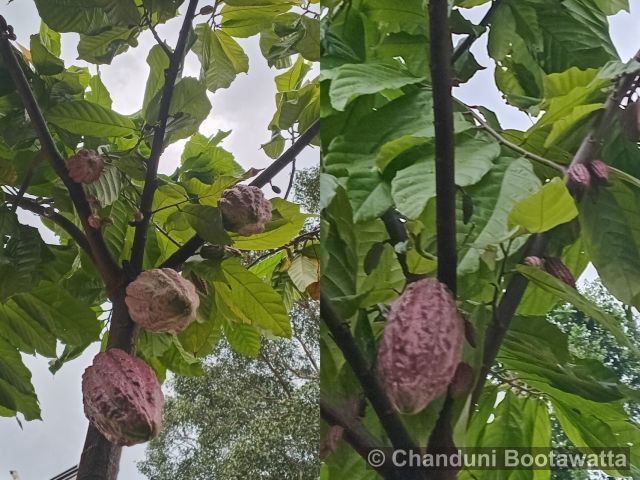
General Distribution: Native to the tropical regions of Central and South America, particularly in countries like Mexico, Ecuador, Brazil, and Colombia. It is now cultivated in many tropical regions around the world, including West Africa (especially Ivory Coast, Ghana, and Nigeria), Southeast Asia (including Indonesia, Malaysia, and Papua New Guinea), and parts of Central America and the Caribbean.
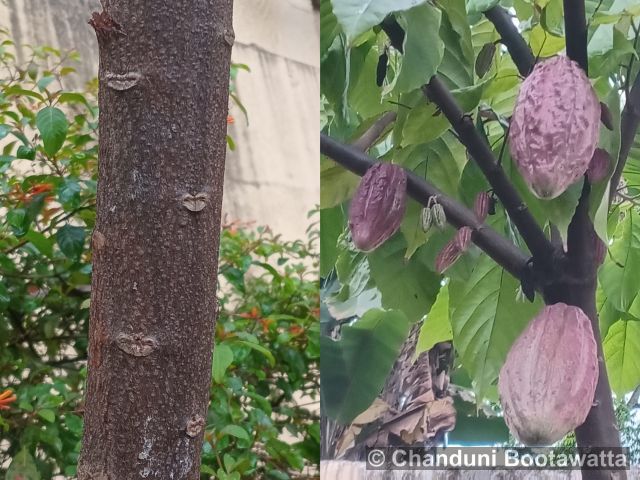
Use: Cocoa beans, extracted from the pods, are fermented, dried, roasted, and processed into cocoa products like chocolate. Beyond its culinary uses, cocoa has medicinal properties, including antioxidant effects and improving heart health.
Author of text and photos: Chanduni Bootawatta.
Photographed in Matale, Sri Lanka on 13 January 2025.



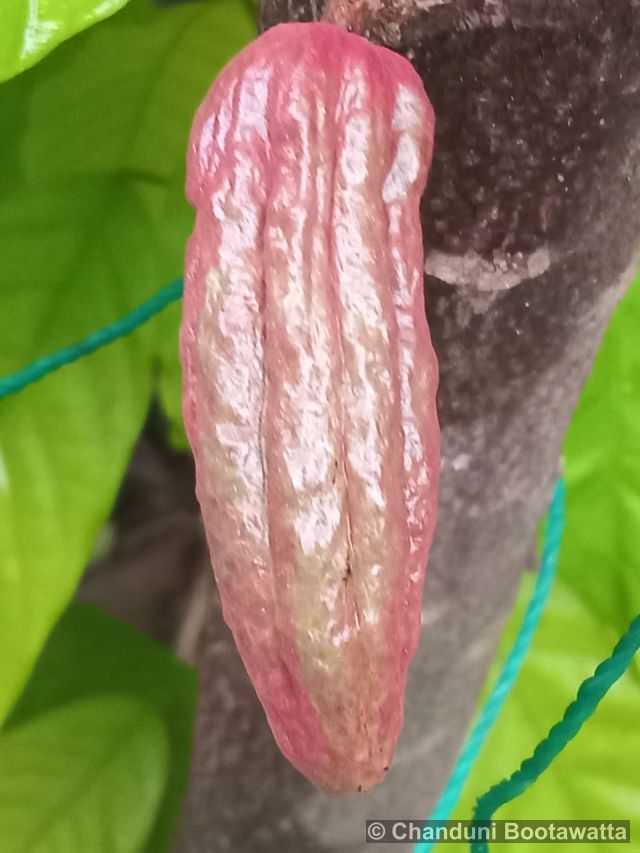
 Poslat emailem
Poslat emailem